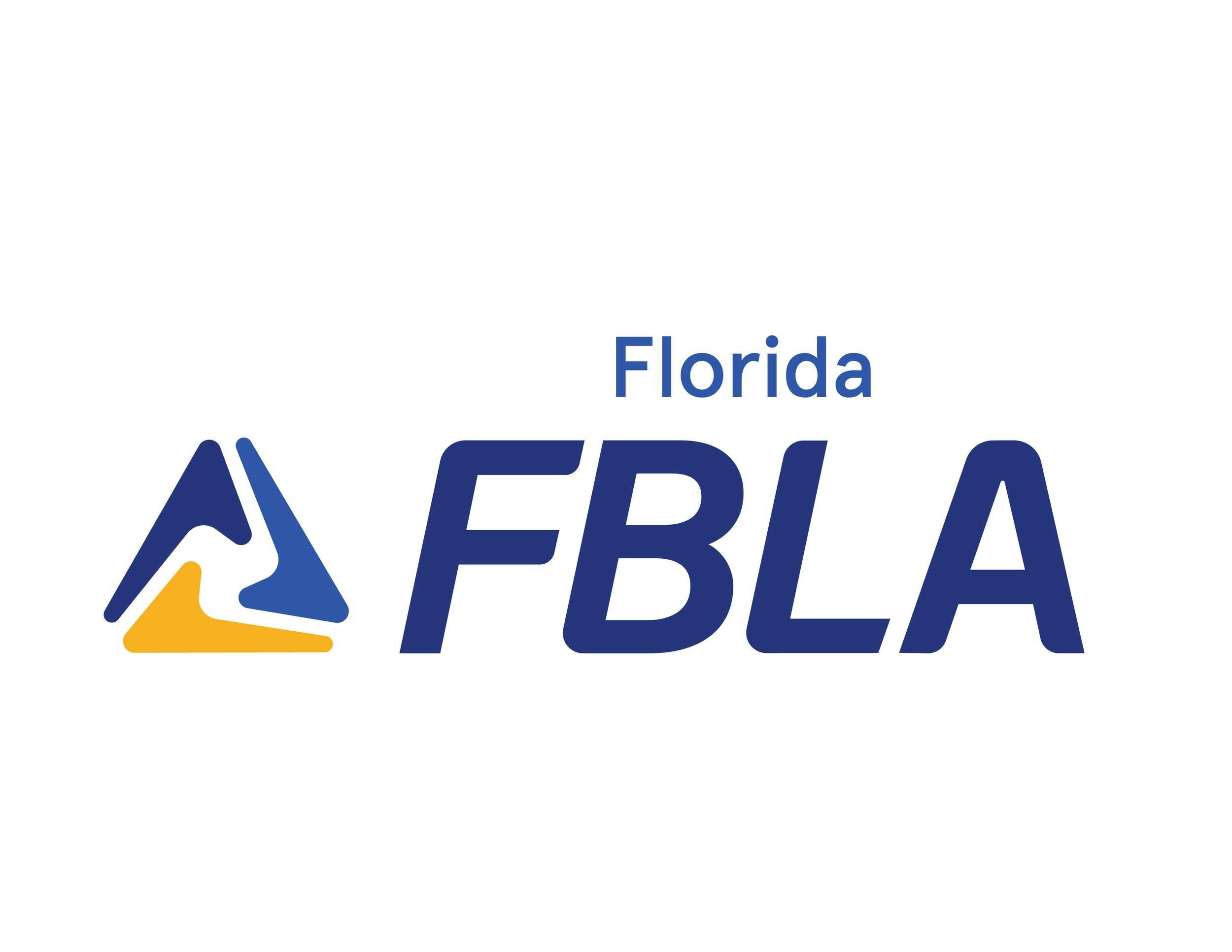SECURITIES AND INVESTMENTS
Securities & Investments provides members with the opportunity to demonstrate knowledge around competencies in securities and investments. This competitive event consists of an objective test. It aims to inspire members to learn about an individual’s knowledge of investing.
Event Overview
Division: High School
Event Type: Individual
Event Category: Objective Test, 100-multiple choice questions (breakdown of question by competencies below)
Objective Test Time: 50 minutes
NACE Connections: Career & Self-Development
Equipment Competitor Must Provide: Pencil
Objective Test Competencies
· Investment Fundamentals
· Investments Wrappers, Taxation, and Trusts
· Investment Product and Funds
· Stock Market
· Stocks Versus Other Investments
· Mutual Funds
· Basics of Bonds
· Derivatives
· Financial Services Regulation
District
Check with your District leadership for District-specific competition information.
State
Eligibility
· FBLA membership dues are paid by 11:59 pm Eastern Time on December 1 of the current program year.
· Members may compete in an event at the State Leadership Conference (SLC) more than once if they have not previously placed in the top 10 of that event at the National Leadership Conference (NLC). If a member places in the top 10 of an event at the NLC, they are no longer eligible to compete in that event.
· Members must be registered for the SLC and pay the state conference registration fee in order to participate in competitive events.
· Members must stay in an official FBLA hotel to be eligible to compete.
· Each district may be represented by participant(s) based on the Florida FBLA scaled quota system found on the Florida FBLA website.
· Each member can only compete in one individual/team event and one chapter event (American Enterprise Project, Community Service Project, Local Chapter Annual Business Report, Partnership with Business Project).
· If competitors are late for an objective test, they may be either disqualified or permitted to begin late with no extension of the time as scheduled.
· Participants must adhere to the Florida FBLA dress code established by the Florida Board of Directors or they will not be permitted to participate in the competitive event.
Recognition
· The number of competitors will determine the number of winners. The maximum number of winners for each competitive event is 5.
Event Administration
· This event is an objective test administered at the SLC.
· No reference or study materials may be brought to the testing site.
· No calculators may be brought into the testing site.
Tie Breaker
· Ties are broken by comparing the correct number of answers to the last 10 questions on the test. If a tie remains, answers to the last 20 questions on the test will be reviewed to determine the winner. If a tie remains, the competitor who completed the test in a shorter amount of time will place higher.
Americans with Disabilities Act (ADA)
· FBLA meets the criteria specified in the Americans with Disabilities Act for all competitors with accommodations submitted through the conference registration system by the registration deadline.
Penalty Points
· Competitors may be disqualified if they violate the Competitive Event Guidelines or the Honor Code.
Electronic Devices
· All electronic devices such as cell phones and watches of any type are not to be brought to the testing site.
National
Be sure to see the National guidelines at https://www.fbla.org/divisions/fbla/fbla-competitive-events/
Study Guide: Competencies and Tasks
A. Investment Fundamentals
1. Define terminology common to securities & investments.
2. Demonstrate knowledge of savings.
3. Identify stages of investing and the relationship between risk and return.
4. Identify sources of financial information to make investment decisions.
B. Investment Wrappers, Taxation, and Trusts
1. Describe individual savings accounts.
2. Demonstrate knowledge of Pensions.
3. Demonstrate knowledge of taxation.
4. Describe and Identify Investment bonds.
C. Investment Product & Funds
1. Identify and explain the different types of loans.
2. Explain the purposes of mortgages.
3. Demonstrate the knowledge and purpose of life assurance.
4. Describe and explain unit trusts.
5. Describe opened ended investment companies.
6. Identify the characteristics of pricing, dealing, and settlement.
7. Identify and explain what Investment trusts are.
8. Demonstrate knowledge of how hedge funds work.
D. Stock Market
1. Explain how stock market benefits investors and companies.
2. Analyze stock tables for investment related information.
3. Describe options for handling accumulated money/earnings.
4. Understand the types of investments.
5. Compare and differentiate between Primary vs secondary markets.
6. Distinguish between Bull, bear, and pig markets.
E. Stock versus Other Investments
1. Demonstrate knowledge of compounding.
2. Explain the purpose of company.
3. Describe ethical behavior in support center.
4. Understand the process of gathering relevant information.
5. Evaluate financial statements.
6. Define terminology common to stock markets and other investments.
F. Mutual Funds
1. Understanding and explaining total return.
2. Describe mutual funds and its involvement with taxes.
3. Identify the process of purchasing mutual funds.
4. Explain benefits with investment in mutual funds.
5. Understand fund costs.
G. Basics of Bonds
1. Demonstrate the knowledge of bond duration.
2. Describe the process of buying bonds.
3. Describe the process of issuing bonds.
4. Identify the roles of collateral.
5. Compare secured and unsecured bonds.
6. Introduction to government bonds.
7. Identify U.S. government agency bonds and savings bonds.
H. Derivatives
1. Demonstrate the knowledge of Futures.
2. Demonstrate the knowledge of Options.
3. Demonstrate the knowledge of SWAPS.
4. Describe the different uses of Derivatives.
I. Financial Services Regulation
1. Explain Financial Services & Markets Act.
2. Identify Financial Crime.
3. Explain insider dealing and market abuse.
4. Describe the Data Protection Act 1998.
5. Identify types of Breaches, complaints, and compensation.
